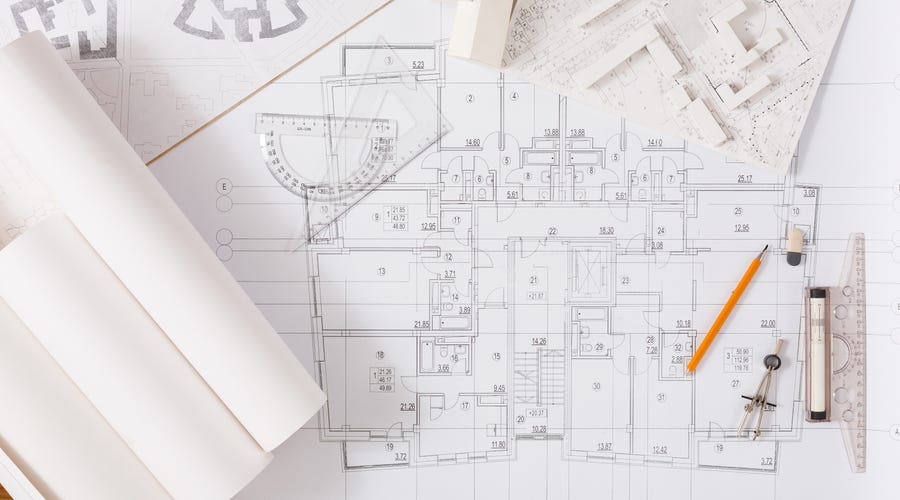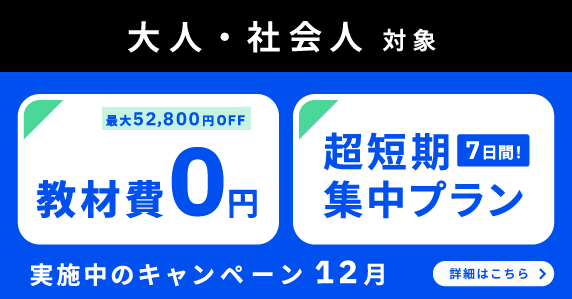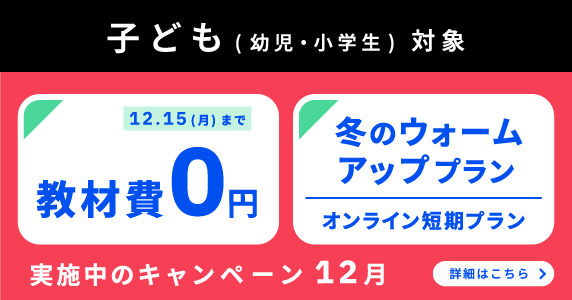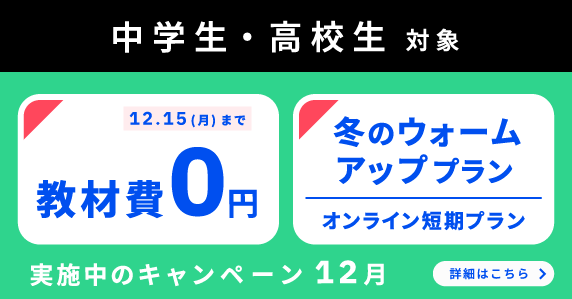設計や試作加工、組立てなどのシチュエーションにおいて、英語で質問や説明をしたり、指示を出したりするときに、意外とネックになるのが形状や数字の表現です。
図面を見れば通じることでも、いざ口頭で補足説明をしようとすると、寸法をどう伝えて良いか分からなかったり、小数や分数の読み方が分からなかったり、穴や溝といった表現がぱっと出てこない・・・とお悩みではありませんか?
この記事では、形状や加工方法を英語で伝えるときに便利なフレーズを、12の会話例を通じてご紹介します。
例文はすべて、口に出して練習していただけるように、英語のスクリプト、和訳、音声付きですので、英語での単位や言葉の表記方法や読み方をじっくり確認いただけます。
数字を聴きとるのが苦手、という方は、スクリプトや和訳を見ずに、リスニングにチャレンジしてみてください。
1.寸法 Dimensions
1)長さ×幅×高さ Length x width x height

スクリプト
Q. Could you tell me the size of this object?
A1. Sure, the dimensions of the rectangle are 25.4 mm by 48.0 mm by 63.7 mm.
A2. (別な答え方) It is 25.4 mm high, 48.0 mm wide, and 63.7 mm long.
和訳
Q. この物体のサイズを教えてください。
A1. はい、この直方体の寸法は25.4 mmかけ48.0 mmかけ63.7 mmです。
A2. (別な答え方) 高さ25.4 mm、幅48.0 mm、長さ63.7 mmです。
- 25.4 mm は、英語で書くとtwenty five point four millimetersとなります。
- 小数点以下を読み上げるときは、pointといった後に数字を列挙します。
たとえば3.1415はthree point one four one fiveと読みます。 - A1の英文で、25.4 mm by 48.0 mm by 63.7 mmは25.4 mm x 48.0 mm x 63.7 mmと表記できます。
- サイズの表記について、L/W/Hは最も一般的なものの一つですが、日本語でもタテ×ヨコ×厚み、幅×奥行き×高さなど様々な表記があるように、英語でも異なる表現が使われることがあります。
たとえば、W/D/Hとある場合は、それぞれWidth(幅)、Depth(奥行き)、高さを示します。
板材などで、HのかわりにTとあればThickness(厚み)、プールや水槽などでDとあればDepth(深さ)を示します。 - 形容詞Deep/名詞Depthは、「奥行き」(地面と水平な長さ)を示す場合と、穴や凹みの「深さ」(地面に垂直な長さ)を示す場合、どちらもあるので、文脈に注意して判断します。
必要であれば絵を描いて見せたりL/W/Hで言い直したりして確認し、認識を合わせましょう。
2)高さ High , tall / height
スクリプト
Q. How high is it? / How tall is it?
A. It’s about 2 and a half centimeters high.
Q. Can you use the vernier calipers to check?
A1. Its height is 25.4 millimeters.
A2. (別な答え方) It is exactly 1 inch tall.
A3. (別な答え方) It has a height of exactly 1 inch.
和訳
Q. その高さはいくつですか?
A. その高さは大体2.5 cmです。
Q. 確認にノギスを使ってください。
A1. その高さは25.4 mmです。
A2. (別な答え方) それはちょうど1インチの高さです。
A3. (別な答え方) それはちょうど1インチの高さを持っています。
- リスニングの際、vernier caliperが聴きとれなかった、という方が多いのではないでしょうか。
長さを測る際によく使われるノギスのことで、Vernierは人名に由来するため頭文字が大文字で書かれます。 - 単位について、アメリカやイギリスではインチが用いられる場合があります。
1インチ≒25.4mm、で1 inch(複数の場合は2 inchesのように複数形になります)、または省略して1 in.または1”のように表記されます。
3)幅 Wide / width
スクリプト
Q. How wide is it?
A. Its width is 1.9 inches.
Q. Could you measure it precisely with the CMM (coordinate measuring machine)?
A. It is 48.00 mm wide.
和訳
Q. 幅はいくつですか?
A. その幅は1.9インチです。
Q. 三次元測定機で正確に測ってください。
A. その幅は48.00 mmです。
4)長さ Long / length
スクリプト
Q. How long is it?
A1. It is 63.7 millimeters long.
A2. (別な答え方) The length is 2.5 inches.
和訳
Q. 長さはいくつですか?
A1. その長さは63.7 mmです。
A2. (別な答え方) その長さは2.5インチです。
5)体積、面積 Volume, area
スクリプト
Q. Could you tell me its volume and surface area?
A. Let me calculate.
A. Its volume is 77.66 cubic centimeters (77.66 cm3).
A. The surface area is 17.9 square centimeters (17.9 cm2).
和訳
Q. その体積と表面積を教えてください。
A. 計算しますね。
A. 体積は77.66立方センチメートルです。
A. 表面積は17.9平方センチメートルです。
- 体積について、おもに容量ではリットル(liter)、ミリリットル(milliliter)もよく用いられます。
6)厚み Thick / thickness

スクリプト
Q. Wow, it looks so thin. How thick is this sheet?
A1. It is only 3.7 micrometers thick.
A2. (別な答え方) Its thickness is 3.7 micrometers.
和訳
Q. わぁ、とても薄いですね。そのシートの厚みはいくつですか?
A1. その厚みはちょうど3.7マイクロメートルです。
A2. (別な答え方) その厚みは3.7マイクロメートルです。
- 1マイクロメートル(1μm)は1 x 10-6mと表記できます。
その場合、one times ten to the power of minus 6 meterと読みます。
7)半径、直径 Radius, diameter

スクリプト
Q. Could you tell me the diameter of this tube? The micrometers are over there.
A. I’ve checked.
A1. It has an external diameter of 51.0 mm and an internal diameter of 46.2 mm.
A2. It is 51.0 mm across in diameter. Its internal diameter is 46.2 mm.
Q. So, the external radius is 25.5 mm, right?
A. Yes, that’s right. The internal radius is 23.1 mm and the thickness of the tube is 2.4 mm.
和訳
Q. この管の直径を教えてください。マイクロメーターはあちらにあります。
A. 確認しました。
A1. それの外径は51.0 mm、内径は46.2 mmです。
A2. それは直径が51.0 mmです。その内径は46.2 mmです。
Q. では、外径の半径は25.5 mmですね?
A. そうです。内径の半径は23.1 mmで、管の厚みは2.4 mmです。
2.形状 Shapes
1)様々な素材1

スクリプト
A. We usually use an aluminium sheet for the back panel. It doesn’t require much stiffness.
B. Was it cut down from that sheet roll?
A. Yes. The width of the roll is 90 inches.
A. And, it will be embossed and separated on the pressing machine.
B. For which component will the plates be used?
A. These thin plates are used for the front panel and those thick plates are used as side panels.
B. Thank you. One more question, what about the large blocks?
A. They will be cut and machined. Some of the parts are made from the blocks.
和訳
A. 私たちは通常、背面パネルにアルミの薄板を使います。そこはあまり剛性が必要ではありません。
B. それはあのシートロールから切りだされるのですか?
A. そうです。ロールの幅は90インチです。
A. それはプレス機で型押しされ切り離されます。
B. その板はどの部品に使われますか?
A. これらの薄い板は正面パネルに、あれらの厚い板は側面パネルに使われます。
B. ありがとうございます。もう一点質問ですが、その大きな塊はどうなるのでしょう?
A. それは切り出され切削加工されます。いくつかの部品がその塊からつくられます。
2)様々な素材2

スクリプト
A. These tubes and bars are the basic materials for making the frames.
A. Can you see the truss structure? It is made of round steel tubes.
A. Round bars are used in the joints.
B. Oh, what a wide variety of pieces. It seems some of the pipes have different cross sections.
A. You’re right, we have not only round but also square tubes and bars.
A. The largest one has a cross section of 120 by 120 mm.
和訳
A. これらの管や棒は、フレームを作る際の基本的な材料です。
A. そのトラス構造が見えますか?それは鉄の丸パイプで作られています。
A. 丸棒は接続部分に使われています。
B. わぁ、種類が豊富ですね。いくつかのパイプは違う断面をもっているようですね。
A. その通りです。丸だけでなく四角い(断面の)パイプや棒があります。
A. 最も大きいものの断面は120 mmかけ120 mmです。
3.加工 Machining
1)穴、溝 Hole and slot

スクリプト
A. Weren’t they both through-holes?
B. No, one of the holes must be a blind hole with a depth of 12 mm.
B. The drawing was revised.
A. Thanks. I’ll get some drill bits.
B. Please be sure to keep 31 mm between the centres of the holes.
B. Don’t forget to cut the 4 mm-wide slot!
和訳
A. それは二つとも貫通穴ではありませんでしたか?
B. いいえ、穴のうち一つは深さ12 mmの止まり穴でなければなりません。
B. 図面が訂正されたのです。
A. ありがとうございます。ドリルの刃を持ってきます。
B. 穴の中心間距離が31mmになるようにしてください。
B. 4mm幅の溝を切るのも忘れないでください。
2)面取り、丸み面取り Chamfer, round

スクリプト
A. Would you mind chamfering 3 mm on the top right edge?
B. No problem. What about the other edges?
A. Please round the opposite side on the top to a radius of 5 mm.
A. No need to chamfer or round the other edges.
B. OK. I’ll finish that within 10 minutes.
和訳
A. 上面右側の角を、3mmで面取りしていただけますか?
B. 問題ありません。他の角についてはどうしますか?
A. 上面の反対側を半径5 mmでR面取りしてください。
A. その他の角は面取りや丸み面取りは不要です。
B. わかりました。10分以内に終わらせます。
4.組立 Assembly
1)ネジと工具 Screw and tools

スクリプト
A. Excuse me. Could you pass me an open-end 5/16” wrench?
A. I’d like to remove this 5/8” hex bolt.
B. Well, here is a ring spanner. Will that work?
A. No, there isn’t enough clearance.
B. I see. I remember the maintainability of this piece is terribly bad.
B. Wait a moment… here is an open-ended spanner.
B. By the way, do you have a #6 Allen key?
B. I’d like to fasten a M8 socket screw.
A. Oh, I’m sorry. I have that in my pocket.
和訳
A. すみません。5/16インチのオープンエンド・レンチを取ってもらえますか?
A. この5/8インチの六角ボルトを取り外したいのです。
B. ここにリングスパナがあります。使えますか?
A. だめです、十分なクリアランスがありません。
B. そうですよね。整備性がとても悪いことを思い出しました。
B. ちょっと待ってください・・・どうぞ、オープンエンドのスパナです。
B. ところで、6 mmのアーレンキー(六角棒スパナ)を持っていますか?
B. M8の六角穴付ボルトを締めたいのです。
A. あぁ、ごめんなさい。それは私がポケットの中に持っていました。
- 分数を読むときは、分子、分母の順に、分子をそのまま数字で、分母を序数で言います。5/16であれば、five-sixteenthsと言います。
- 工具について。ボルトやナットを締めたりゆるめたりする工具は、一般に、アメリカではレンチ、イギリスではスパナと呼ばれます。
アメリカではスパナは特殊工具、イギリスではレンチはつかみ幅を調整できるタイプのスパナを呼ぶときの名称です。
六角棒スパナを示す英語、Allen keyのAllenは人名に由来するため、文中でも頭文字を大文字にします。
***
いかがでしたか?
この記事が、数値や形状に関する語彙を広げるきっかけになりましたら幸いです。
★基本的な数字の表現は「英語で数字の単位が読み方まで一覧でわかる!音声付きまとめ」でご確認ください。
無料体験レッスンお申込みフォーム
無料体験レッスンは、教室・オンラインをご用意。
一部のプログラムは、無料オンライン体験または受講相談のみとなる場合がございます。









